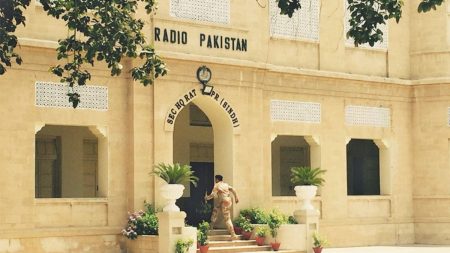Islamabad, Apr 21, 2025: The suggested average tariff for the fiscal year 2025–26 is set at Rs 2,485.72 per MMBTU, reflecting a significant upward adjustment.
Nearly 51% of this rise stems from the redirection of expensive Re-gasified Liquefied Natural Gas (RLNG) towards regular system gas users.
This reallocation became necessary due to a noticeable drop in RLNG uptake by the power sector.
A major reason behind this shift is the decline in electricity consumption from Captive Power Plants (CPPs).
The government, as part of a broader initiative to improve energy efficiency, is moving CPPs to the national power grid, reducing RLNG demand and allowing more diversion to domestic gas supply lines.
In addition, the gas sector’s circular debt has accumulated Late Payment Surcharges (LPS) on outstanding dues, which accounts for about 39% of the price hike
Historically, the Oil and Gas Regulatory Authority (OGRA) has excluded these surcharges from the pricing mechanism.
However, their growing impact on financial sustainability has made them difficult to ignore in current pricing evaluations.
Read More: Pakistan to Request Financial, Climate Support at IMF–WB Spring Meetings
SNGPL Despite the sharp hike, it’s crucial to note that operational expenses only make up around 4% to 6% of the overall revenue requirements.
Unavoidable external and financial pressures—not internal inefficiencies—are driving the price increase.
According to a statement released by the Public Relations Division of Sui Northern Gas Pipelines Limited (SNGPL), the remaining fraction of the proposed rate hike covers critical elements such as maintenance costs, expansion of key infrastructure, and asset depreciation.
These factors are vital for maintaining seamless service, modernizing outdated systems, and ensuring a stable, uninterrupted gas supply for both residential and industrial users.
With the rising cost of energy inputs and ongoing economic challenges, this revision in gas pricing appears aimed at balancing financial viability and safeguarding long-term energy reliability.
The government positions the move as essential to sustaining Pakistan’s energy future, even though consumers may feel the pressure.









